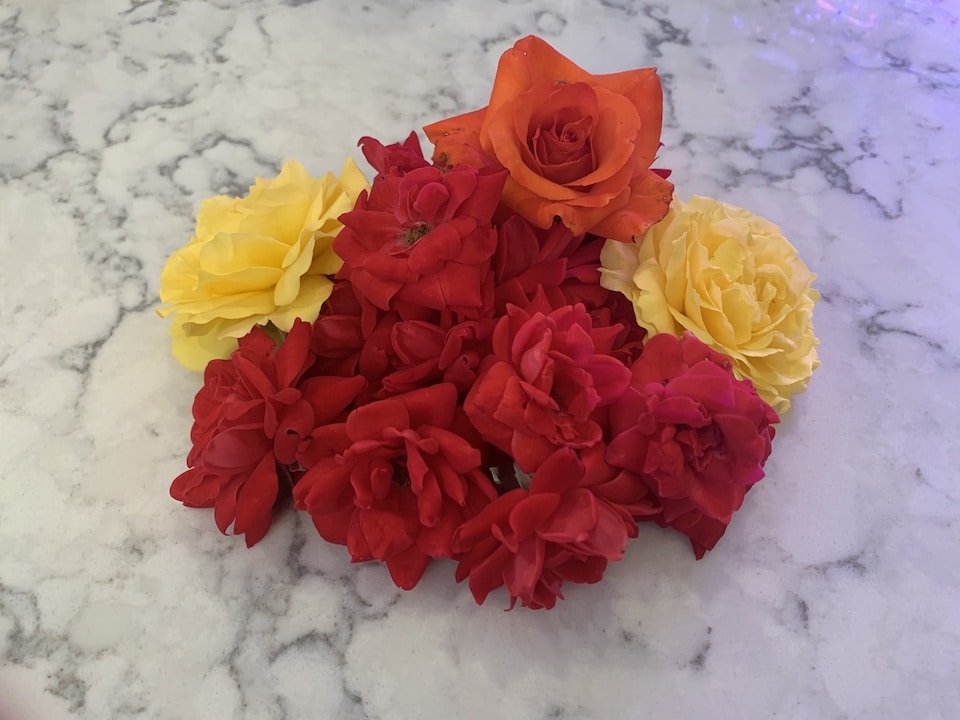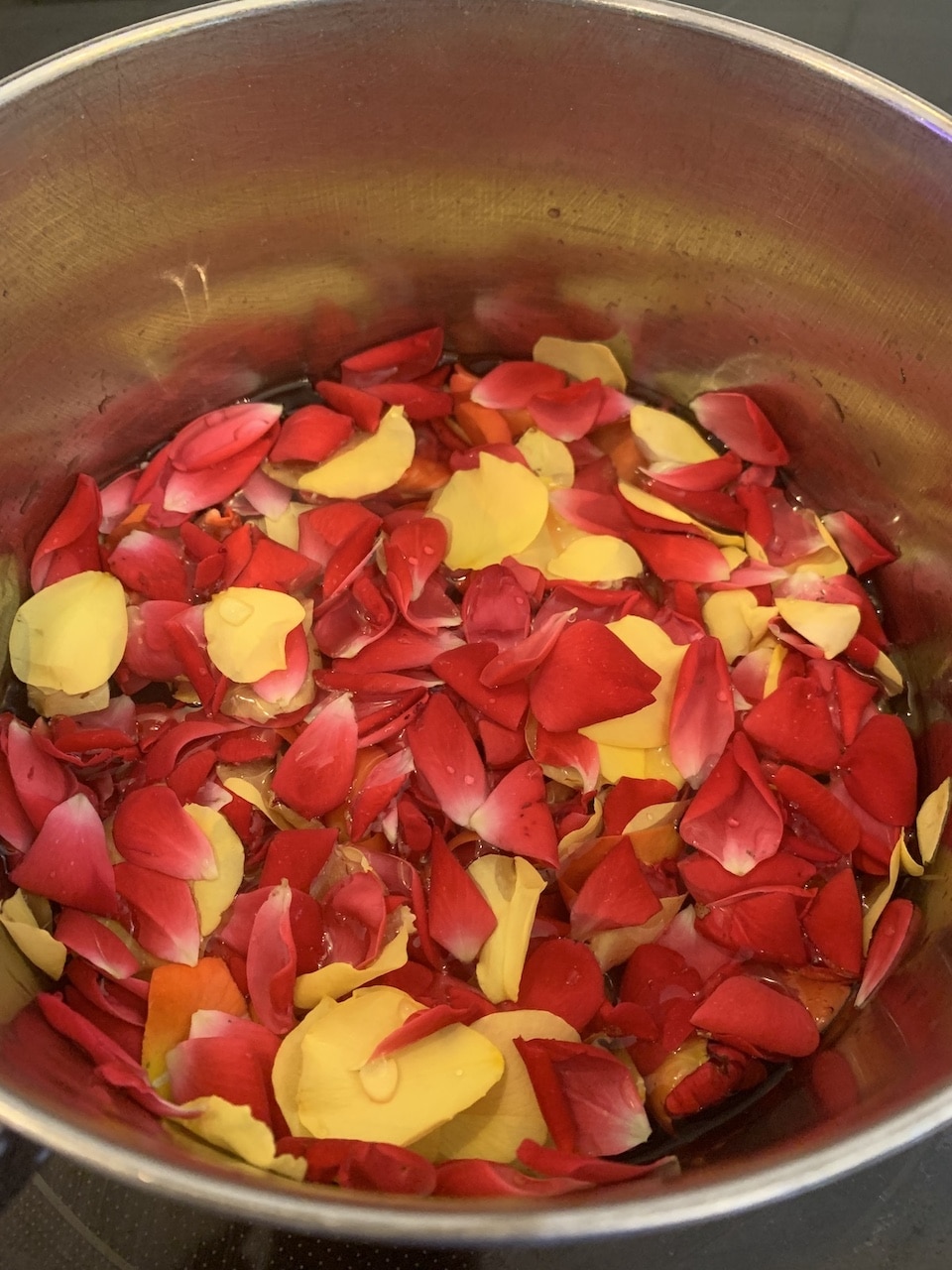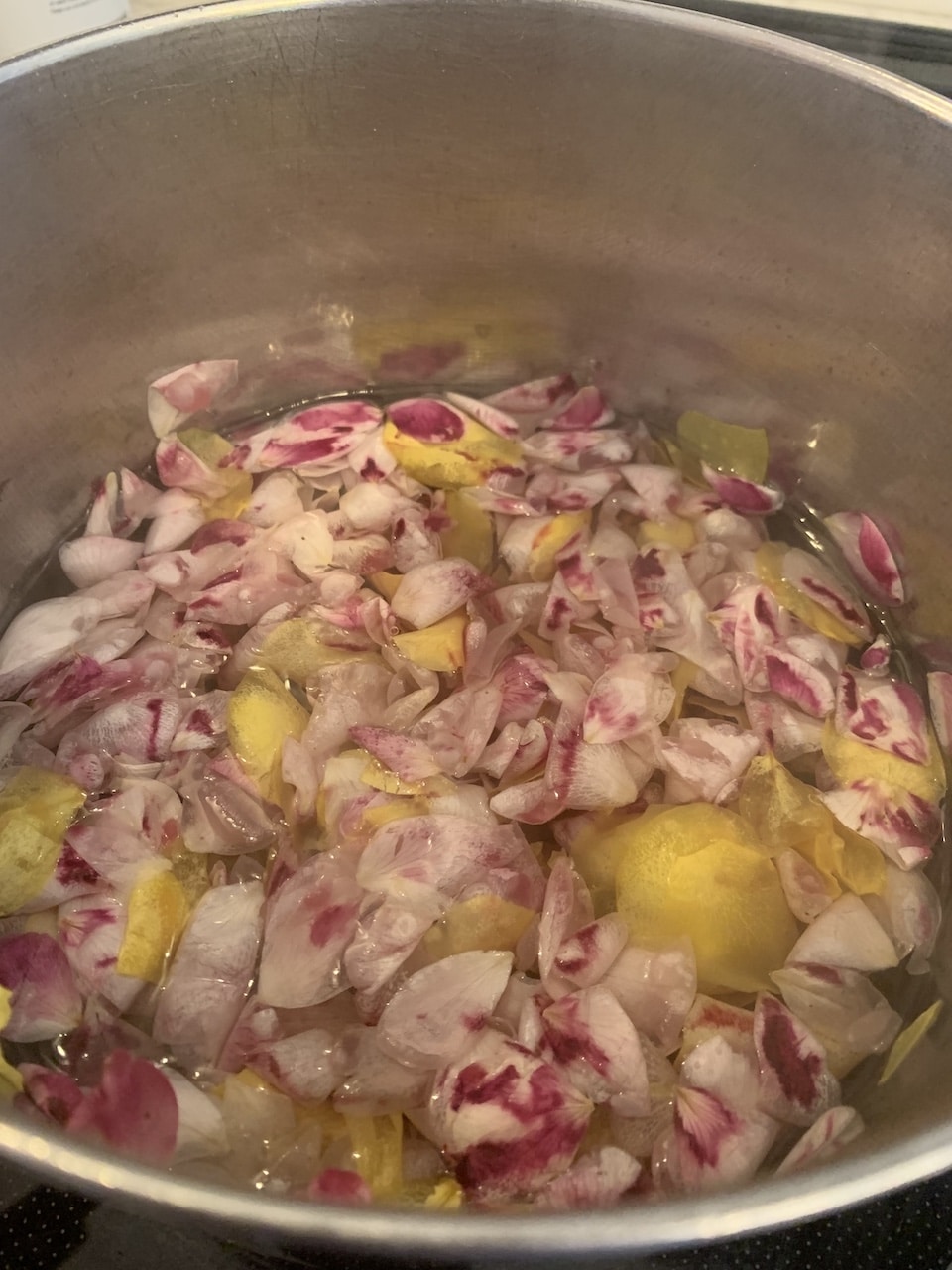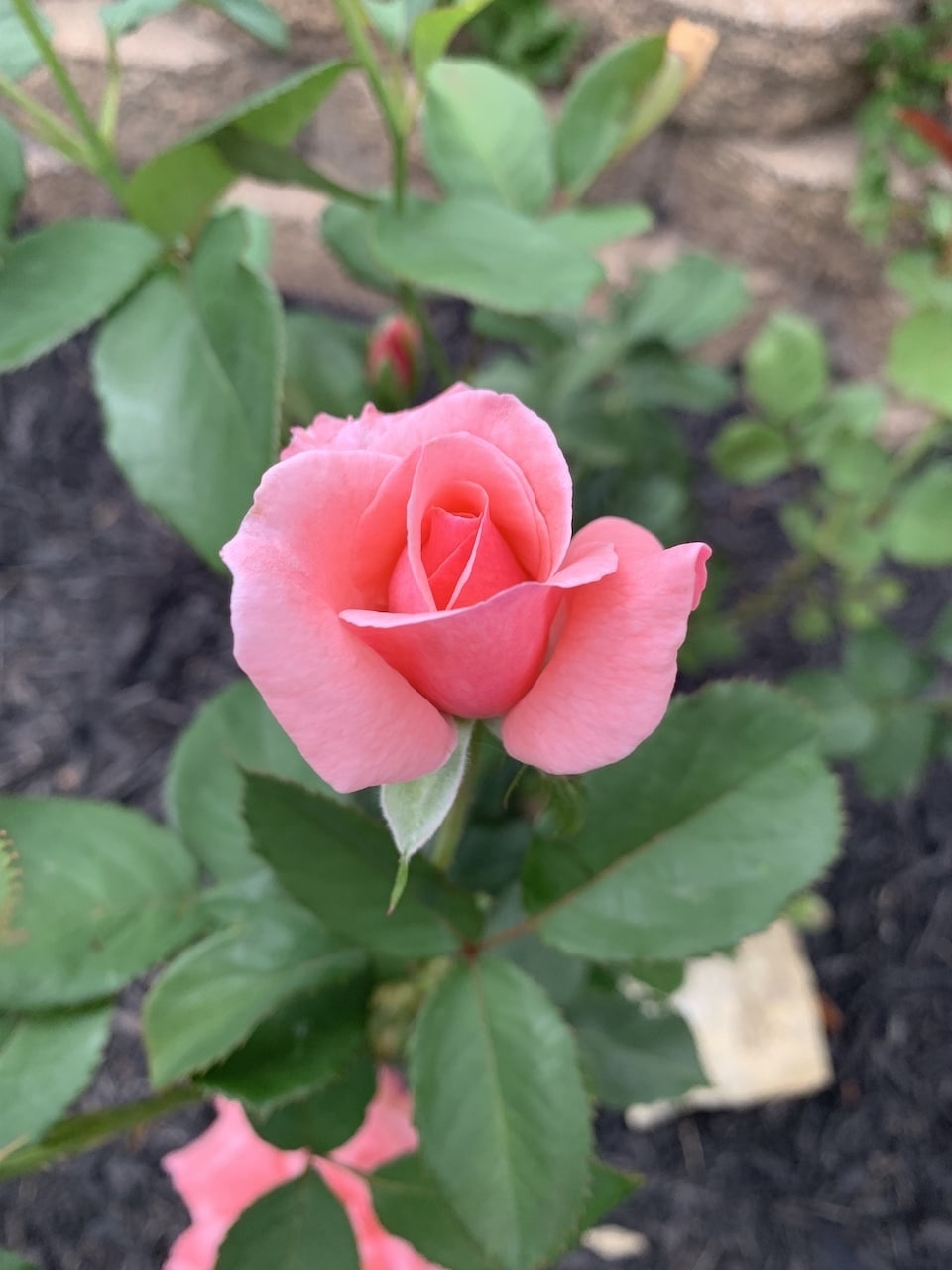Roses: the flowers that captivate the imagination with their lovely blooms, wide color palette, romantic connotations and many uses. Tiny desserts, delicate perfumes, dramatic cut flowers and even skin care are all popular uses for this versatile flower. I recently tried my hand at making rose water for my skin, and to my great delight, I was successful. I drew the inspiration from one of my favorite books, “A Woman’s Garden: Grow Beautiful Plants and Make Useful Things,” by Tanya Anderson of Lovely Greens. She grows a multi-purpose garden, including plants for skincare, and shares a recipe using rose water in her book.

According to Anderson, rose products are “soothing, hydrating, mildly astringent, and anti-acne.” As a teenager, anything anti-acne is a win in my book. Vanity aside, I have a rare autoimmune disease that acne can make difficult to monitor properly. When I have severe breakouts, I have to use a couple medications to keep it under control. To help combat my acne naturally, I decided to use up some of our many rose blooms and make rose water. Admittedly, I did not use the best roses the first time. We don’t have any of the highly fragrant plants that are ideal for rose products, so I just used what I had on hand. It still made a nice lightly scented rose water though, and it was a lovely pink color.

Rose water is possibly the simplest natural skincare product to make. It requires only two ingredients and just a few steps. You’ll need roses, distilled water, a saucepan with a lid, a strainer lined with a cheesecloth and a bottle or jar for the finished product.

To start, harvest your roses. You only need the blooms for this recipe. Gently rinse them to remove any bugs and debris, then pluck the petals. Put the petals in the saucepan, and cover with distilled water. Rose petals don’t readily absorb water, so you may have to press them down with a spoon to make sure they don’t float, otherwise you’ll never have enough water to cover them and the finished product will be extremely diluted. Once the petals are covered, place a lid on the saucepan. Simmer until the petals lose their color. Let the water cool, then strain into your bottle. Keep your rose water in the fridge for two weeks to a month. That’s it!

After a few days of using rose water with my acne medication, I noticed that my acne seems to be getting better faster than it used to when I only used the medication. I just dip a cotton round into the jar and swipe it across my face and neck. My skin has reacted really well so far and just looks better in general.
Since my first attempt at rose water, I’ve made several more batches with our other rose varieties. Although our knockout roses still make a working rose water, they hardly smell at all. I try to stay away from using many of them, and instead use our other varieties. They may not bloom as often, but they have much larger petals and make the same amount of rose water. They also are more intensely fragrant.

I tend to make large batches that I can’t possibly use up in two weeks, so I freeze most of the rose water that I make. You can freeze your rose water in a plastic container or a bag, but I like to use a silicone ice cube tray with flower shaped molds. Each indent on the tray freezes about a tablespoon of rose water. I find them to be the perfect amount for a single use. After the water freezes, I just pop the cubes into a Ziploc bag and store them in the freezer. I pull out a single cube as necessary and let it thaw.
While rose water is simple to make, it’s not the only skincare you can make from roses. Tanya Anderson includes a recipe for a facial mist made from rose glycerite in her book. The recipe starts with rose water, but has other ingredients to make it into a facial mist. Some people make clays or add roses to other homemade products, like lotion.
Aside from roses, there are so many plants that can help our health without needing to use medications. As someone who takes multiple medications for my condition, I really appreciate this. Every time I look through “A Woman’s Garden” and read a Lovely Greens post, I leave inspired. I always want to try new things, like homemade salves. I highly recommend giving natural skincare recipes a try. I know I’ll be attempting more!
"Anna" is a teenage girl who loves to write, read, and do just about anything artsy. She enjoys writing about nature crafts and her experiences while learning to hunt and cook wild game. Anna firmly believes that backyard chickens lay the best eggs and that spending time outside with her flock every morning will start the day off happily. She is extremely grateful to her best friend, who inspired her to really take writing seriously. You can find her lost in her latest idea or listening to her sister "Rose" read book quotes. View all posts by Anna